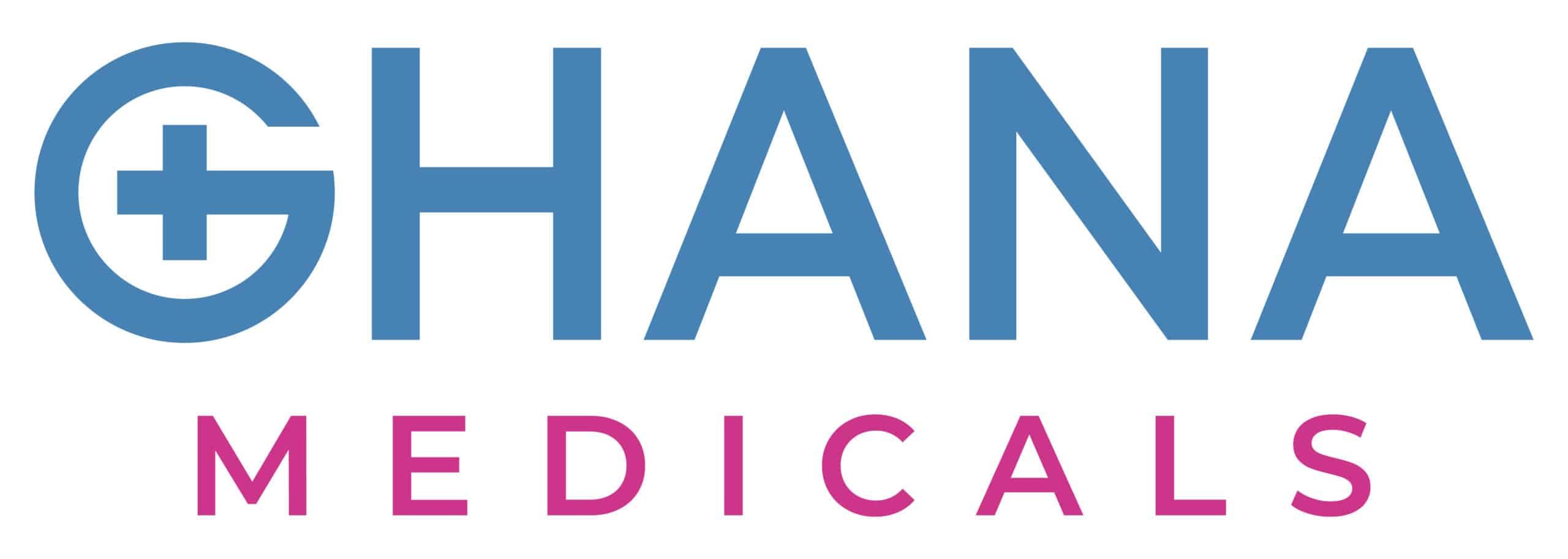Though HIV cannot be cured completely, advances in modern medicine have made sure that patients of the disease can live long and healthy lives. Treatment for HIV can also bring the viral load of HIV down to undetectable levels, which means that those infected are not even at risk of transmitting the disease.
ART refers to using a combination of medicines to tackle HIV and manage the virus. ART includes taking different drugs from different classes, each tackling the virus in different ways. Currently, countries like Ghana use a triple combination of antiretrovirals.
What makes ART so effective is that it reduces the chances of the infection becoming drug-resistant. By combining different kinds of drugs, ART tackles the virus much more effectively. Currently, approximately 67% of adults with HIV in South Africa are using ART.
When Is the Right Time to Start Treatment?
ART was previously recommended to only those patients whose CD4 T cell count was below 350, depicting an alarming case of HIV. However, now medical practitioners recommend ART to anyone with detectable HIV, regardless of CD4 T cell count.
If your HIV test comes back positive, it’s essential that you begin treatment right away. Otherwise, the infection can spread to more cells, and It can become increasingly difficult to control it.
A report in Ghana showed that the later you chose to get treatment, the more expensive the initial cost was. In addition, while ART is slightly expensive at the beginning, the cost of the treatment steadily declines over time.
Read More: HIV Symptoms
Does Treatment Have Any Side Effects?
HIV treatment is no easy task. Patients of the infection become dependent on medication for the rest of their lives. They have to be particularly cautious of taking each medicine at the prescribed time because missing a dosage can be detrimental.
The treatment also comes with a few side effects. However, because ART entails a customized treatment plan for each patient, the side effects also differ from individual to individual.
Some common side effects that you’re likely to experience are:
- Nausea
- Diarrhea
- Feelings of Weakness
- Abnormal Levels of Cholesterol
- High Blood Sugar
How Do You Know If the Treatment Is Working?
Your level of the viral load will effectively depict if the medication is working. Your doctor will monitor both your viral load and CD4 T cell count once you begin treatment. Your viral load should be tested every 3-4 months, and your CD4 T cell count should be checked every 3-6 months.
Once your viral load reached undetectable levels, you can rest assured that the treatment has worked. However, it’s important to remember than an undetectable level of the virus does not mean you are cured. You still have the virus, and if you stop taking the medication, the virus will soon become detectable again.
Read More: HIV and AIDS Overview
References:
https://www.mayoclinic.org/diseases-conditions/hiv-aids/diagnosis-treatment/drc-20373531
https://www.ncbi.nlm.nih.gov/pmc/articles/PMC5642329/
https://aidsfree.usaid.gov/sites/default/files/gh_guidelines_arv_therapy.pdf

